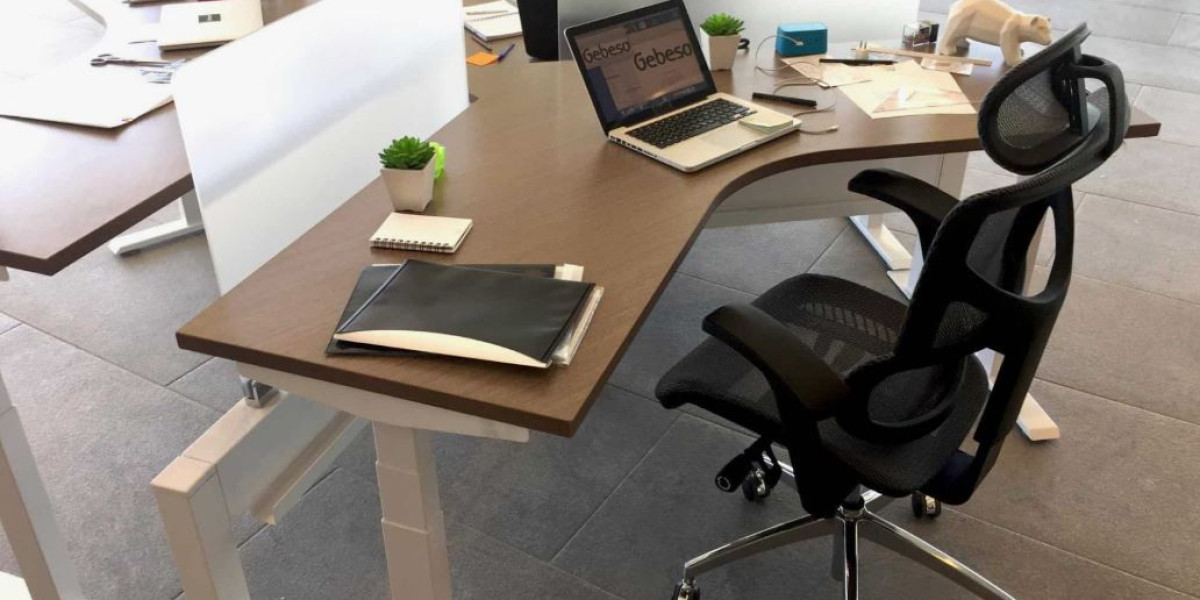When it comes to creating a professional meeting space, one of the most essential factors to consider is the size of your conference table. The right conference table dimensions not only influence the aesthetics of the room but also impact functionality, comfort, and communication among team members. Whether you are setting up a boardroom for executive meetings or a collaborative workspace for brainstorming sessions, the table’s dimensions play a vital role in determining how effective the environment will be. Choosing the correct size ensures that all participants have enough personal space, clear visibility, and easy access to technology or shared materials.
Standard Conference Table Dimensions To Consider
Before purchasing a meeting table, it is crucial to understand the standard conference table dimensions. In general, most tables are between 36 to 48 inches wide, which allows enough room for documents, laptops, and conference phones without making the surface feel cramped. The length of the table, however, depends on the number of people you need to accommodate. A standard rule is to allocate about 30 inches of space per person. For example, a 10-foot table can comfortably seat 10 to 12 people, while a larger 20-foot table can seat up to 20 individuals. Standard height is usually around 29 to 30 inches, providing a comfortable sitting posture when paired with office chairs.
Matching Conference Table Dimensions To Room Size
The dimensions of your conference table should always be chosen with the size of the room in mind. A table that is too large will make the room feel cramped and restrict movement, while a table that is too small may leave the space underutilized and reduce seating capacity. It is recommended to leave at least 3 to 4 feet of clearance around the table to ensure chairs can be pulled out easily and people can walk around comfortably. For smaller rooms, oval or round conference tables may be better suited as they maximize seating without taking up too much space. For larger boardrooms, rectangular or boat-shaped tables provide a professional look and better visibility for all participants.
Ergonomics And Comfort With Proper Dimensions
Selecting the correct conference table dimensions also ties closely with ergonomics and comfort. Participants should not feel cramped during long meetings. Adequate spacing between chairs ensures that individuals can move freely without bumping into one another. Wider tables are often preferred for high-tech conference setups since they can accommodate wiring, microphones, and screens while still leaving room for laptops and documents. The table height also matters, as it should complement the chair height for proper posture and avoid discomfort.
Custom Conference Table Dimensions For Unique Needs
While standard conference table dimensions work for many organizations, some businesses require customized solutions. Companies that hold large-scale presentations may need extended tables that integrate multimedia equipment. Similarly, creative teams may prefer modular tables that can be rearranged depending on the nature of the meeting. Custom dimensions also allow businesses to design tables that fit irregularly shaped rooms or meet brand-specific aesthetics. Investing in a custom design ensures both functionality and uniqueness while reflecting the company’s professional image.
Impact Of Conference Table Dimensions On Collaboration
The size and shape of a conference table significantly influence how participants engage with one another. For instance, a long rectangular table may create a sense of hierarchy, where the head positions dominate the meeting. On the other hand, a round or oval table encourages more inclusive discussions as everyone faces each other equally. Choosing the right conference table dimensions can therefore promote teamwork, reduce barriers to communication, and make meetings more productive. Organizations aiming for a collaborative culture should carefully select dimensions that align with their meeting style.
Balancing Conference Table Dimensions With Technology Integration
Modern conference rooms are no longer just about seating capacity—they also need to support technology integration. From built-in power outlets to cable management and video conferencing equipment, the table dimensions should be adequate to accommodate these features without compromising comfort. Wider tables are often better for setups requiring multiple monitors or projectors, while narrower tables might work for smaller teams relying mainly on laptops. Ensuring that the table dimensions align with your technological needs will make meetings smoother and more efficient.
Conference Table Dimensions And Aesthetics
Apart from functionality, the right dimensions also influence the aesthetics of your workspace. A conference table that is proportionate to the room creates balance and harmony in design. Too large a table can make a room appear overcrowded, while too small a table may give the impression of under-preparation or lack of resources. Matching the table dimensions with the interior design, lighting, and office layout creates a professional atmosphere that leaves a positive impression on clients and employees alike.
Tips For Choosing The Best Conference Table Dimensions
When selecting a table, start by assessing the number of regular participants in your meetings. Next, measure the room dimensions to ensure you leave enough clearance space for movement. Consider the shape of the table as it directly impacts seating arrangements and collaboration style. Think about future needs—if your team is expanding, a slightly larger table might be a better long-term investment. Lastly, balance practicality with style to ensure the table complements your office environment while meeting functional requirements.
Conclusion
Conference table dimensions are more than just numbers; they define the comfort, efficiency, and overall atmosphere of your meeting space. The right size ensures that participants can collaborate effectively, the room maintains a professional appearance, and technology integration is seamless. Businesses must carefully evaluate their space, number of participants, and meeting style before making a decision. Whether you choose a standard size or opt for custom dimensions, the goal should be to create a balanced environment that fosters productivity and professionalism. For organizations seeking high-quality solutions, office furniture provides reliable and stylish conference tables designed to meet different business needs.













